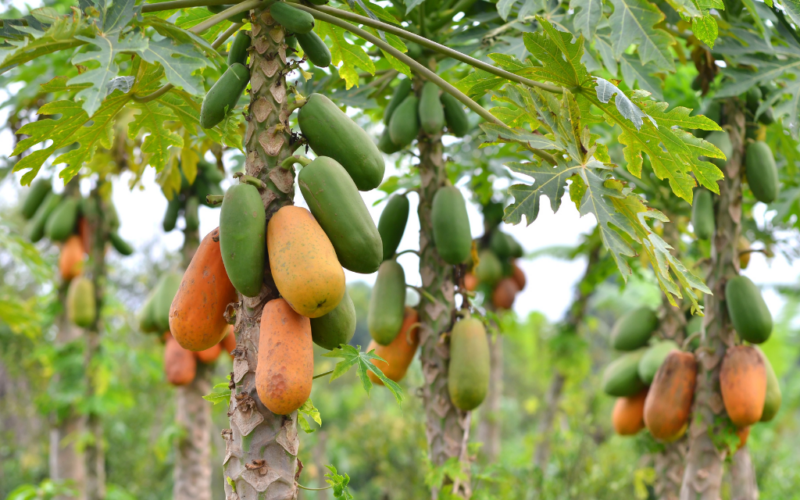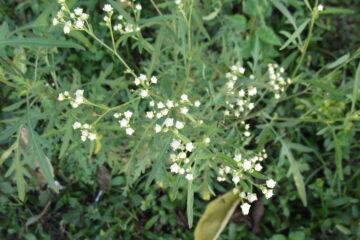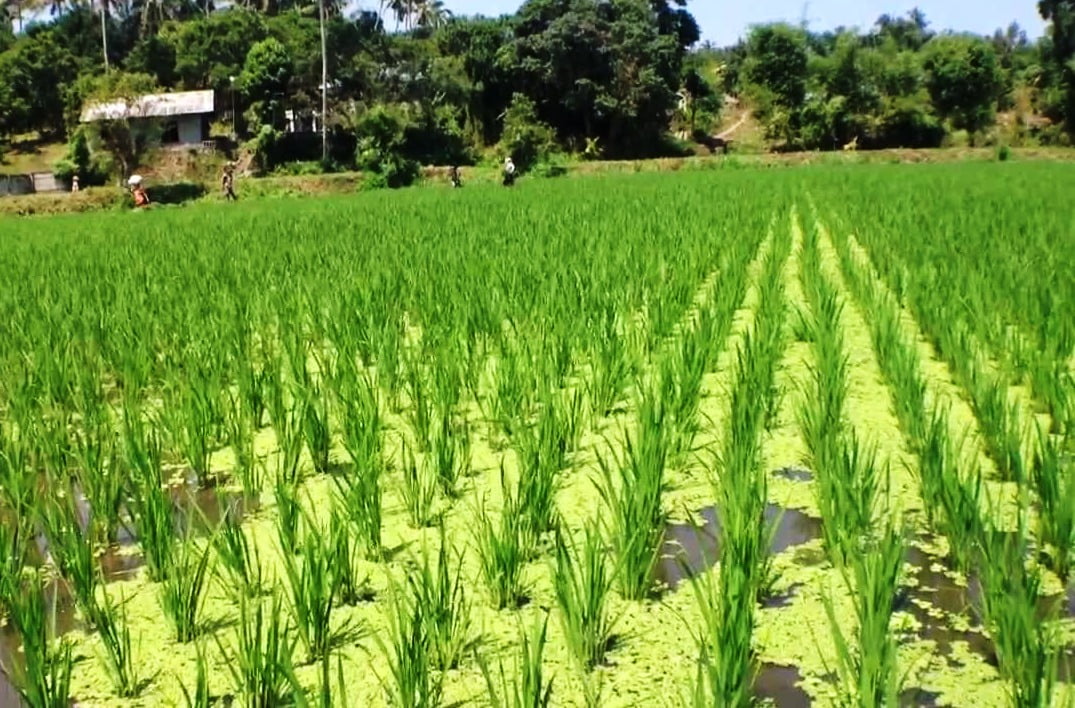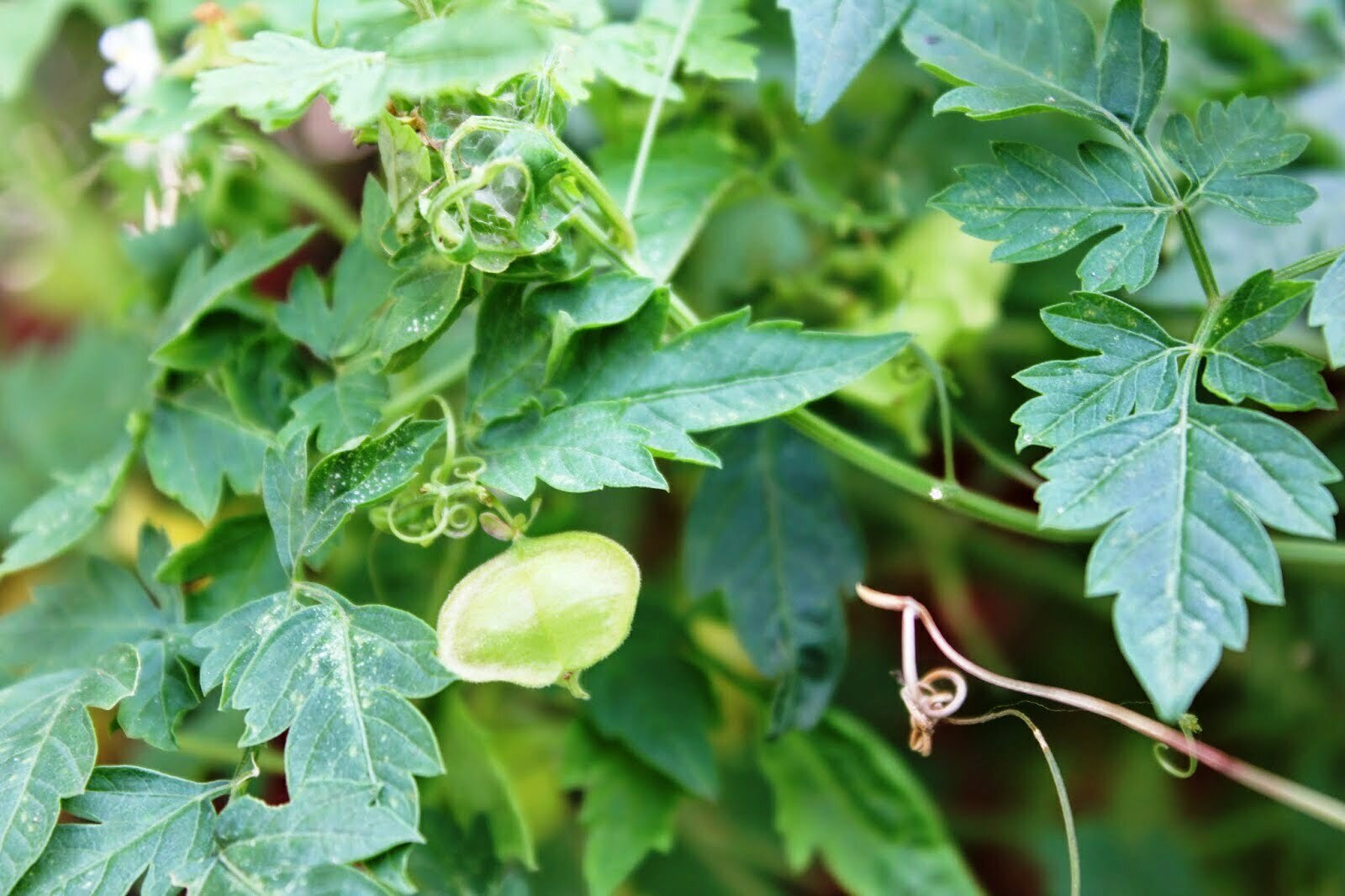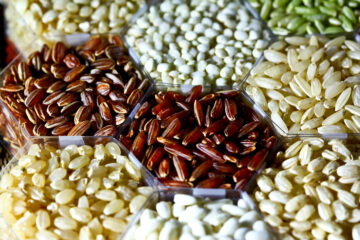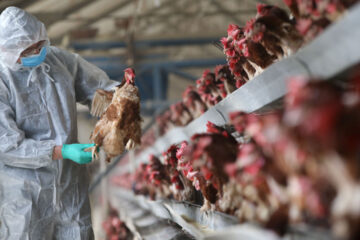Papaya, scientifically known as Carica papaya, is a crucial fruit crop, especially in tropical regions. It is a small tree with fruits rich in Vitamin C and has various medicinal properties. India contributes 43% of the global papaya production. However, diseases affecting the papaya plant can significantly reduce fruit yield. Here are some common diseases that affect papaya and methods to control them.
Root Rot Disease
- Cause: This disease is caused by the fungus Pythium aphanidermatum.
- Symptoms: Water-soaked lesions appear on the stem near the soil line. These lesions enlarge, turning brown or black and becoming mushy and decayed. Eventually, the affected area shrinks, resembling honeycomb structures, and exudes resin. The leaves turn yellow and wilt, and the fruits fall prematurely.
Powdery Mildew
- Cause: Caused by the fungus Oidium caricae-papayae.
- Symptoms: White, powdery fungal growth appears on the leaves and fruits. The fruits become small, and the leaves turn pale and eventually fall off.
Leaf Curl Disease
- Cause: This disease is caused by the Tobacco leaf curl virus and is spread by whiteflies.
- Symptoms: The young leaves of the affected plant become small, curled, and cup-shaped. Leaf petioles bend, and in severe cases, the plant may not produce any flowers.
Ring Spot Disease
- Cause: This disease is caused by the Papaya ring spot virus and is spread by aphids.
- Symptoms: The veins of the affected leaves become pale, and the leaves may develop blisters. Fruits develop ring-shaped spots resembling the letter “C.” Dark green streaks and rings appear on the petioles and stems. In severe cases, the leaves become small and appear like shoe strings.
Papaya Mosaic Disease
- Cause: This disease is caused by the Papaya mosaic virus, which is also spread by aphids.
- Symptoms: Dark green blisters and yellow patches appear on the leaves. The leaf petioles shorten, causing the top leaves to stand upright. Water-soaked spots and white patches develop on the fruits, which become small and deformed.
Disease Control Methods
- Field Hygiene: Remove weeds and other debris that may harbor disease-causing organisms. Proper drainage is essential to prevent root rot disease. To control root rot, apply a 1% Bordeaux mixture or a 0.2% metalaxyl solution to the base of the stem and surrounding soil.
- Insect Control: Use yellow sticky traps at a rate of 12 per hectare to control insect vectors that spread the disease. Remove and destroy infected plant debris. Incorporate organic amendments like compost and vermicompost into the soil.
- Aphid Control: To control aphids that spread the ring spot disease, cover papaya seedlings with insect-proof netting. Plant maize as a border crop 30 days before transplanting papaya to trap aphids.
- Spraying: Mix 1.5 ml of dimethoate per liter of water and spray it at monthly intervals for five months. Additionally, spray zinc sulfate (0.5%) and boron (0.1%) solutions at 4 and 7 months to keep the plants healthy. Apply wettable sulfur to control powdery mildew.
R. Thilagavathi, Department of Plant Pathology, Dr. M.S. Swaminathan Agricultural College and Research Institute, Eachangkottai, Thanjavur.
Popular:

